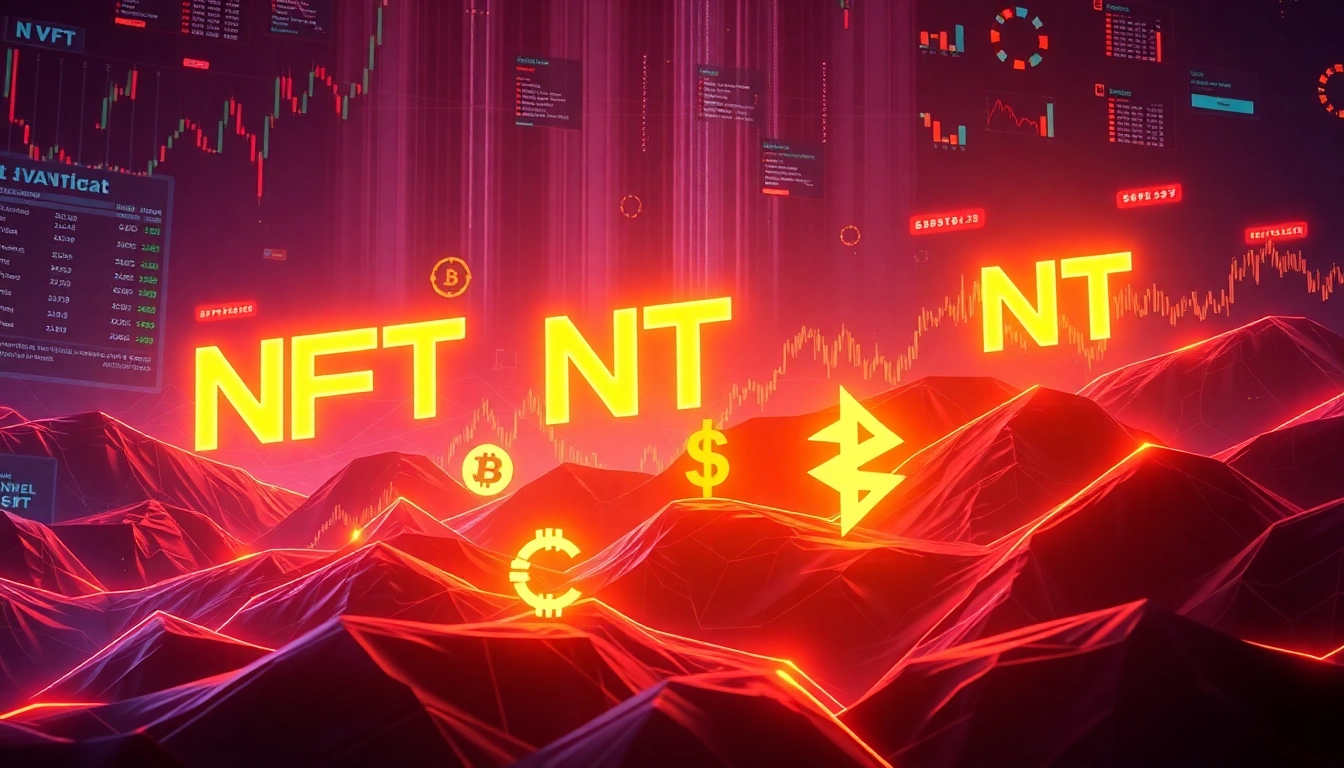Understanding the $APORK Token Supply: Key Facts & Figures
The $APORK token stands at the core of the Angry Pepe Fork ecosystem, symbolizing a dynamic blend of meme culture, community-driven utility, and innovative GambleFi opportunities. A crucial aspect of understanding its potential lies in grasping the specifics of its token supply, which influences price stability, utility, and long-term growth prospects. Currently, the $APORK Token Supply is designed with a total of 1.9 billion tokens, a figure deliberately set to optimize scarcity, utility, and community engagement.
Total Token Count and Circulating Supply Overview
The total fixed supply of $APORK tokens is 1,900,000,000, emphasizing a deflationary model by integrating mechanisms that reduce supply over time through burns and token locking. Of this total, approximately 1.9 billion tokens are actively circulating, providing a balance between liquidity and scarcity to foster sustainable price appreciation. Notably, the presale phase allows early participants to acquire tokens at a significantly lower price, while the broader market benefits from strategic burns designed to decrease supply and boost demand.
Implications of Token Supply on Price & Utility
The fixed supply combined with deflationary mechanisms ensures that $APORK can appreciate in value as demand grows. Limited supply tends to create scarcity, which in turn can drive up the token’s price over time, rewarding early investors and active community members. Moreover, this scarcity enhances utility, as only a finite number of tokens are available for staking, governance, and GambleFi gaming, thereby increasing the token’s perceived worth in the ecosystem.
Component Analysis of $APORK Token Supply & Distribution
Tokenomics Breakdown: Allocation & Locking Strategies
The tokenomics of $APORK are carefully structured to support ecosystem growth, community rewards, and strategic partnerships. Key allocations include 25% dedicated to marketing, 10% reserved for community rewards, 15% for the project treasury (locked for future uses), 20% allocated for the presale, and 15% set aside for staking rewards. This transparent distribution ensures a balanced approach to liquidity, incentivization, and ecosystem expansion. Locking mechanisms mainly pertain to project treasury funds, preventing dump scenarios and encouraging long-term holding.
Burning Mechanisms & Deflationary Impact
One of the most distinctive features of $APORK’s supply management is its integrated burn mechanism. After each GambleFi game payout, a portion of tokens is burned, directly reducing the circulating supply and fostering a deflationary environment. This ongoing reduction not only helps stabilize and potentially increase the token’s price but also aligns with top projects like Binance and Ethereum, which successfully leverage token burns to sustain value. Over time, this approach aims to generate scarcity-driven price growth, incentivizing holders to retain their tokens rather than sell.
How Supply Factors Influence Community Rewards
The token supply mechanics significantly impact community reward systems. Active participation—whether through social media engagement, content creation, or staking—earns users additional $APORK tokens. The fixed and diminishing supply incentivizes community members to be active supporters, knowing that their contributions directly influence token value and their earning potential. Moreover, a capped supply fosters a sense of scarcity-driven pride, motivating continued involvement and advocacy.
The Role of Token Supply in Community & GambleFi Features
How Limited Supply Drives Price Appreciation
The capped supply of 1.9 billion tokens directly supports the scarcity necessary for price appreciation. Each transaction, burn, or staking lockup reduces circulating supply, which, according to economic principles, can lead to increased demand and higher token prices. This relationship benefits early adopters and long-term holders, especially as the project’s GambleFi platform and utility features attract more users and investors seeking value growth.
Reward Structures Tied to Token Circulation
Community rewards, including staking incentives and social engagement bonuses, are designed to leverage supply dynamics. For example, staking rewards are distributed in proportion to tokens locked up, reducing circulating supply and increasing scarcity. Simultaneously, regular burns after GambleFi games diminish total supply, ensuring that the rewards and utility are supported by a shrinking token base—bolstering investor confidence in long-term value potential.
Engaging Users Through Supply-Driven Incentives
Active community engagement is further amplified by supply incentives. Participants earning through community missions, content creation, or promotion are motivated by the limited supply and the potential for price increases. This creates a virtuous cycle where active supporters drive demand, which, combined with supply reduction, leads to sustainable appreciation and higher returns for committed users.
Strategic Advantages of $APORK’s Multi-Chain & Bridging Approach
Lower Fees & Broader Liquidity Benefits
Expanding across multiple blockchain networks via bridging increases liquidity and reduces transaction fees, making $APORK more accessible and appealing. A broader liquidity pool from switching or bridging between chains ensures smoother trading experiences and minimizes slippage, especially important for incentivized trading and GambleFi gaming. Also, lower fees foster more frequent transactions, contributing to a natural increase in token movement and utility, indirectly affecting supply and demand dynamics.
How Cross-Chain Expansion Affects Token Supply & User Access
Bridging across chains like Ethereum, BNB Chain, and others allows $APORK to tap into diverse user bases. This multi-chain approach expands the token’s reach, enabling more participants to buy, stake, and use $APORK in GambleFi games. As tokens are bridged and exchanged across different chains, the effective circulation increases, encouraging supply redistribution without altering the capping mechanism significantly. Meanwhile, the use of bridges introduces new opportunities for supply management, such as chain-specific burns or locks to control inflationary pressures.
Future Supply Management & Bridging Updates
Projected updates will include enhanced bridging protocols to ensure transparency, security, and efficiency in cross-chain token flow. These updates aim to prevent inflationary pressures while enabling seamless user experience. Effective supply management through bridging and burning will sustain the scarcity model, encouraging long-term holding and utility across multiple networks.
Investing with Confidence: How Token Supply Supports Long-Term Growth
Reward System & Active Participation Benefits
The $APORK supply structure underpins a rewarding ecosystem for active participants. Whether through staking, content promotion, or GambleFi gameplay, users are incentivized by a decreasing supply and the potential for value appreciation. This dynamic fosters long-term engagement, with early adopters able to capitalize on the scarcity-driven growth facilitated by burn events and supply caps.
Market Cap & Liquidity Insights & Strategic Planning
With a current market cap hovering around $16 million and growing, $APORK’s supply discipline positions it well for strategic expansion. Maintaining strong liquidity pools and transparent supply management contributes to stability and investor confidence, while transparent tokenomics facilitate strategic planning for future listings and partnerships. These elements combine to reinforce long-term sustainability, making $APORK an attractive asset for both speculative and utility-focused investors.
Due Diligence and Transparency in Supply Management
Transparency is key in building trust. The $APORK team provides clear reports on token allocation, burn events, and supply statistics, demonstrating a committed approach to regulatory and community standards. Regular updates on bridging, burning, and supply contraction mechanisms underpin long-term growth strategies, giving investors confidence in the project’s accountability and potential.




